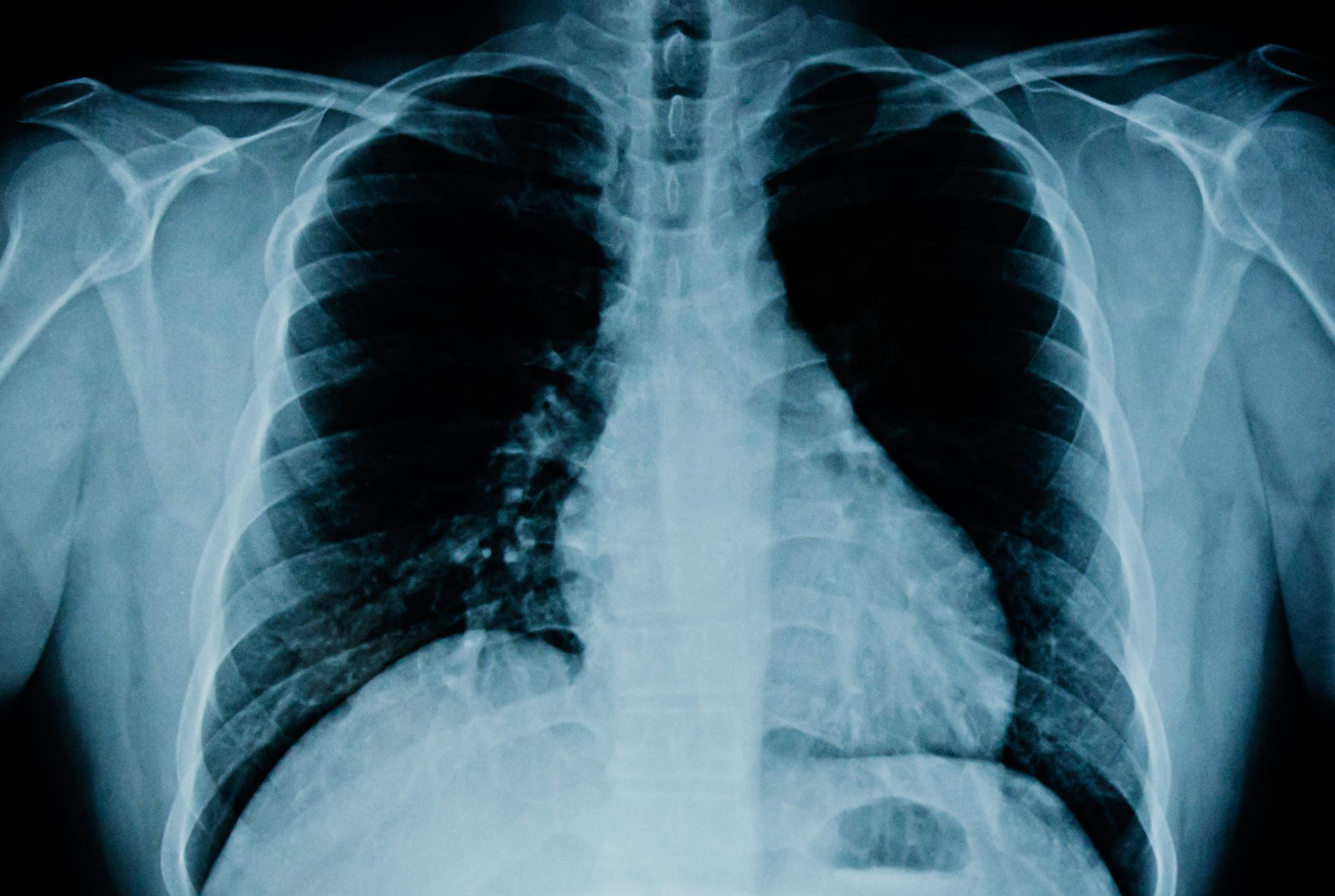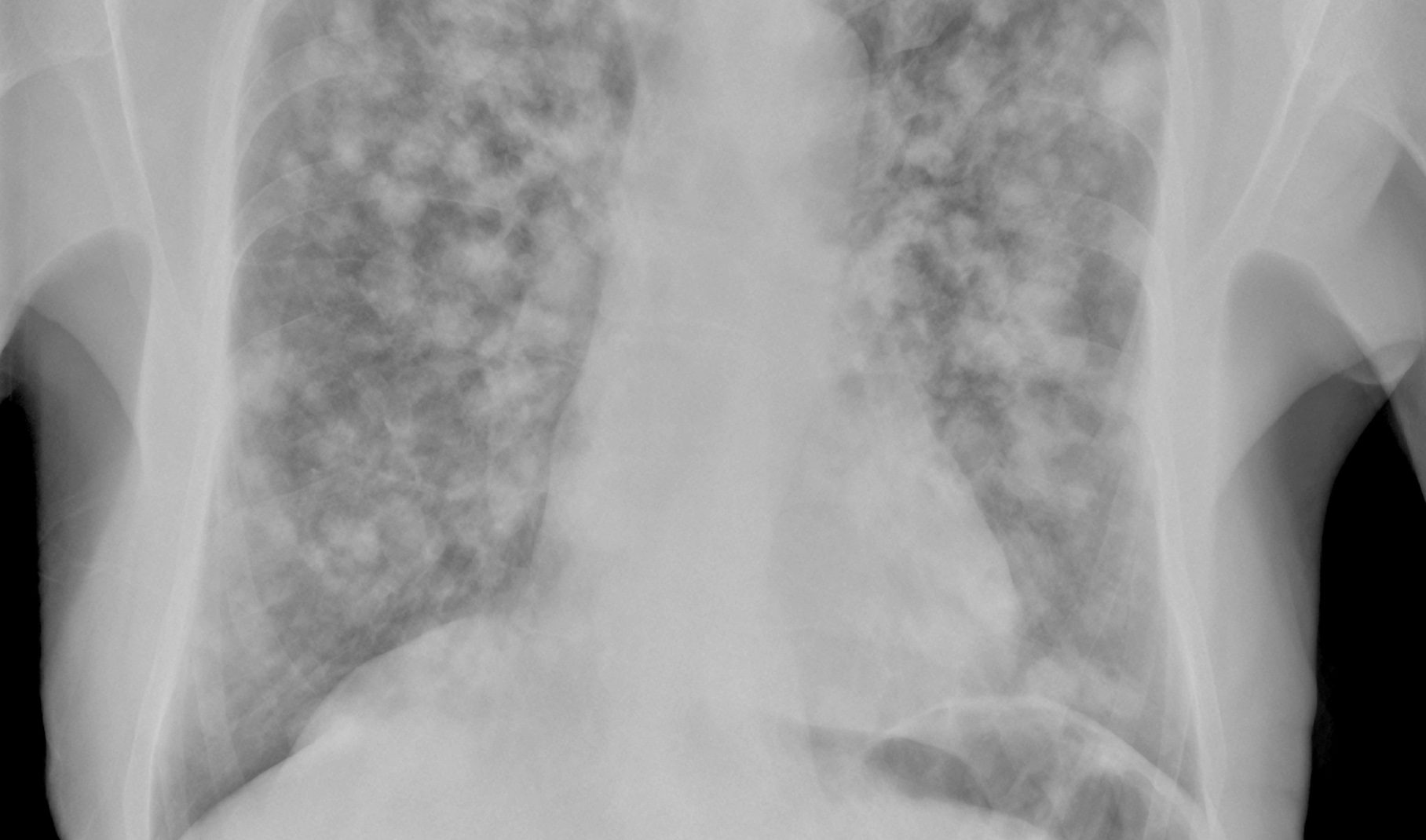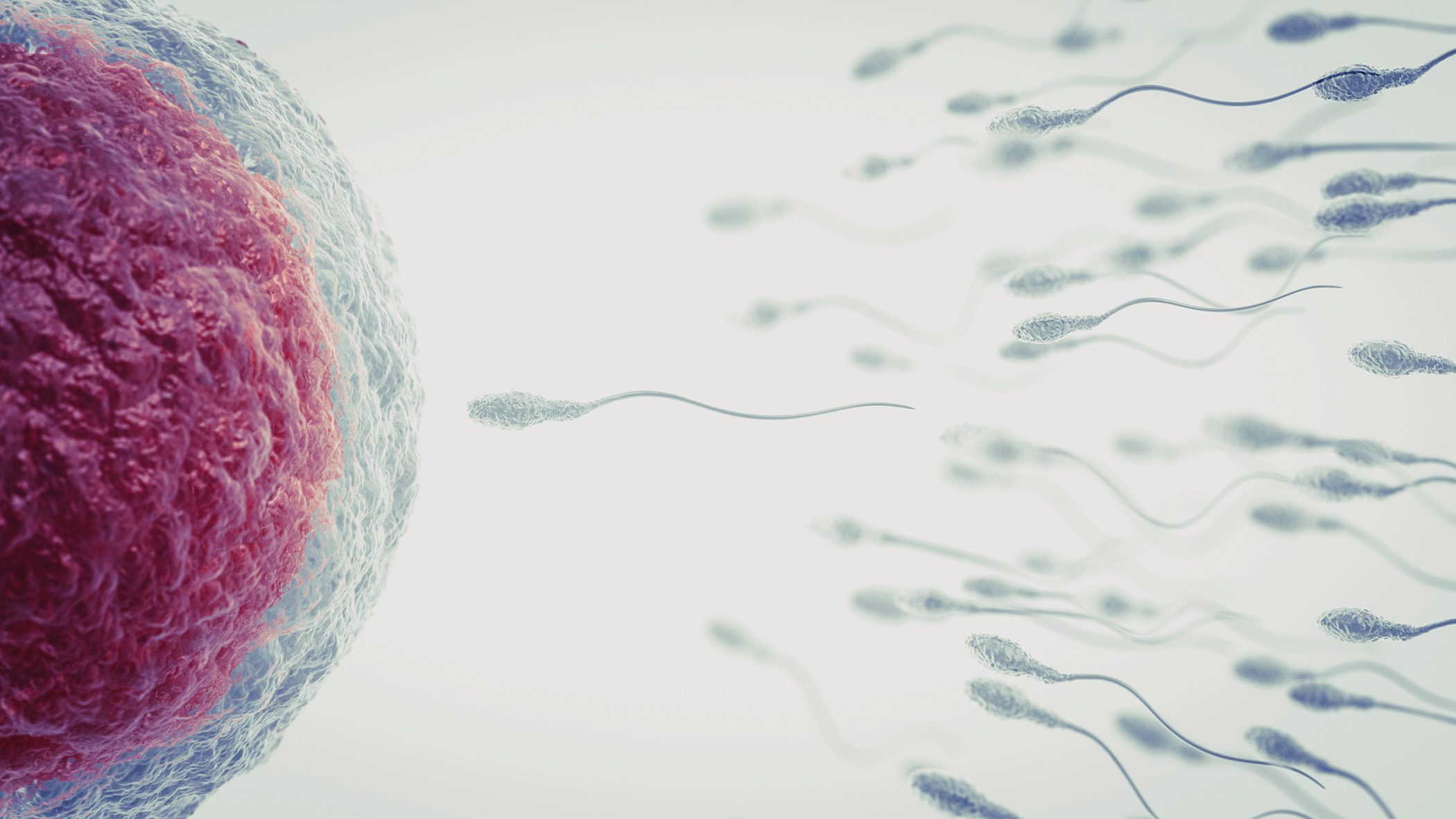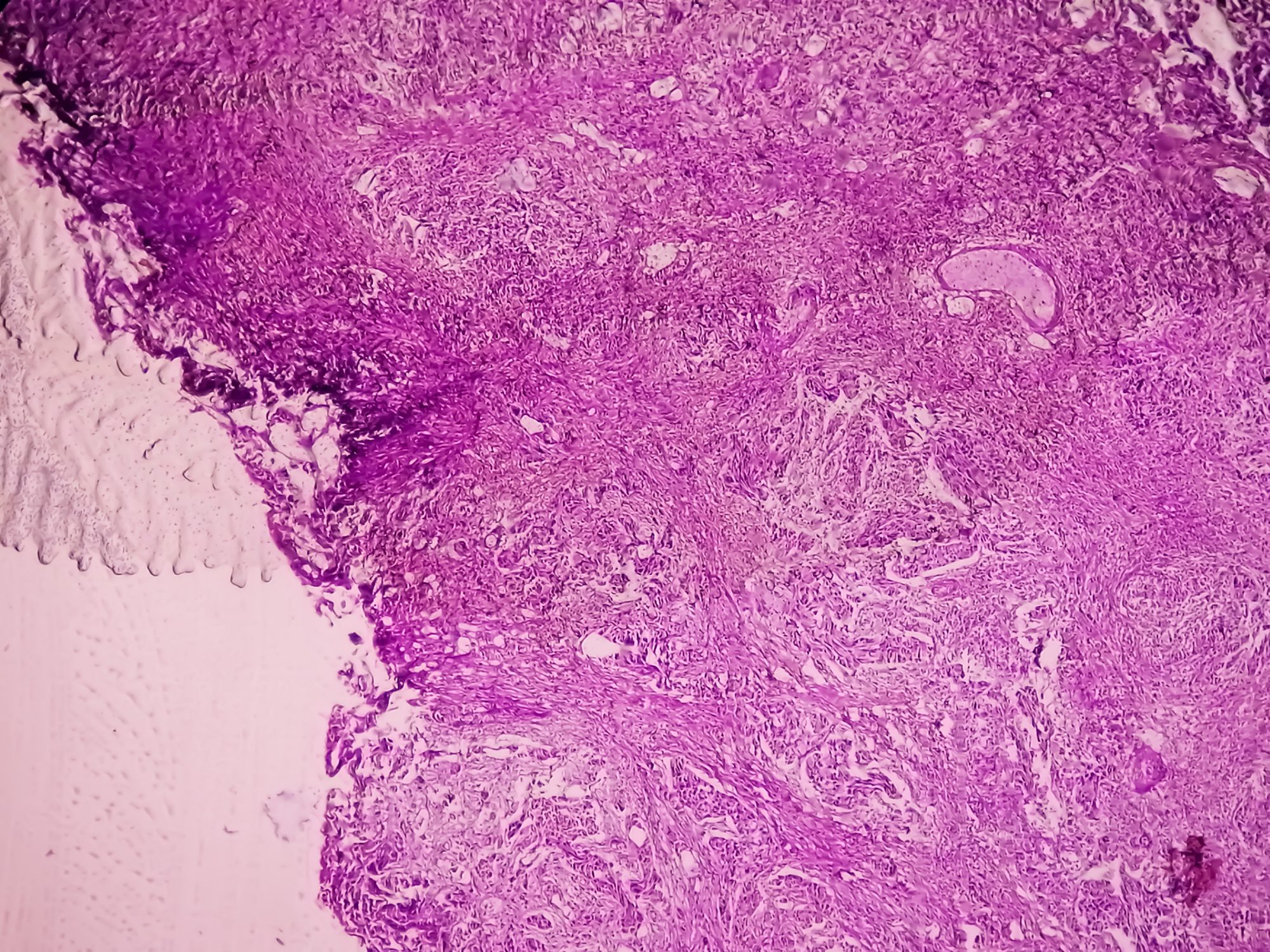The diagnostic criteria for restless legs syndrome (RLS) were revised and agreed upon in a consensus conference. The previous division into primary and secondary forms of RLS has been replaced by a concept that RLS results from interactions between genetic and environmental factors and comorbidities. The term ‘secondary RLS’ should no longer be used. First-line treatment options include the substitution of iron deficiency and the use of non-ergot dopamine agonists, pregabalin or gabapentin.
Approximately 5-10% of the population is affected by restless legs syndrome (RLS) [1]. In more than three quarters of them, paraesthesia and pain in the legs are associated with periodic leg movements during sleep [1]. This often results in sleep disorders associated with daytime fatigue and reduced performance. In addition, RLS is associated with an increased risk of anxiety disorders and depression. “Although Restless Legs Syndrome is not a life-threatening disease, it reduces the quality of life enormously. The level of suffering is high and it is important to make the state of research available to all treatment providers so that all those affected receive the best possible diagnosis and therapy,” explains Prof. Dr. Claudia Trenkwalder, one of the two lead authors of the new S2k guideline on restless legs syndrome. [1,2].
No longer differentiating between idiopathic and secondary RLS.
According to current understanding, RLS is a neurological, sensorimotor movement disorder. It is a multifactorial disease in which dopamine and iron metabolism play a relevant role [2]. In the new guideline, RLS is considered a clinical picture that can be explained by a set of conditions consisting of genetic predisposition, environmental factors, and influencing comorbidities. The previous distinction between idiopathic and secondary RLS due to an underlying disease (e.g. diabetes mellitus, rheumatism or Parkinson’s disease) is thus obsolete. Nevertheless, comorbidities should be consistently treated and possible trigger factors, such as the use of RLS-enhancing medications, should be avoided. Several studies point to the role of hypoxia in the pathogenesis of RLS [2]. A positive family history is especially common in patients with early onset RLS, where the frequency ranges from 40% to 92%.
Guideline recommends multilevel assessment of complaints
The RLS diagnosis is made clinically (box). It is not mandatory to perform polysomnography, but it may be helpful for detecting increased periodic leg movements as a supportive diagnostic criterion [2]. For example, polysomnography should be performed to rule out sleep-related breathing disorders and, if necessary, to rule out suspected parasomnias, hypersomnias, and insomnias. In general, there are no validated questionnaires that can be recommended for RLS diagnosis alone. To assess RLS severity and characterize RLS, three assessments have been validated in the German-speaking world [2]: the International RLS Severity Scale ( IRLS), the RLS-6 scales, and the Augmentation Severity Rating Scale (ASRS). These questionnaires can also be used for progress assessment.

Iron deficiency: oral or intravenous substitution therapy indicated
“In affected individuals, iron metabolism should be regularly monitored and iron therapy should be initiated at an early stage; furthermore, affected individuals can be calmly encouraged to try non-drug therapy options, which can also be used in addition to drug therapy,” emphasized Anna Heidbreder, MD, Medical University of Innsbruck [1]. CNS iron regulatory dysfunction appears to be present in patients with RLS [3]. This is shown both by studies documenting decreased ferritin and increased transferrin levels in the CSF of RLS patients and by imaging studies demonstrating decreased iron concentrations primarily in the substantia nigra, but also in other brain areas [2]. A recent study found mitochondrial iron deficiency with associated mitochondrial dysfunction [4]. Determination of iron metabolism (serum ferritin, transferrin saturation, iron and iron binding capacity) and blood count should be performed both at the time of diagnosis and at the start of therapy, as well as whenever there is a worsening of RLS symptoms in the course. For mild-grade RLS and ferritin ≤75 µg/l, oral ferrous substitution with 325 mg ferrous sulfate twice daily plus 100 mg each of vitamin C is recommended [1,2]. When ferritin is ≤75 µg/l or transferrin saturation is <20% in moderate-to-severe RLS or oral iron intolerance, intravenous treatment with ferrocarboxymaltose 1× 1000 mg or 2× 500 mg (within 1 week) should be administered [1,2].
Use of dopaminergic agents depending on individual symptoms
As Dr. Anna Heidbreder further elaborates, continuous drug therapy should be initiated as late as possible [1]. The guideline advises a slow, symptom-based approach, based on the severity of impairment in terms of sleep and quality of life [1,2]. If ferritin levels are not decreased or iron replacement alone is not successful, the following nonergot (NE) dopamine agonists can be used as first-line therapy: Rotigotine, ropinirole, or pramipexole [1,2] (Tables 1 and 2). A possible augmentation should be inquired about and is diagnosed clinically/anamnestically [2]. Combination therapies of dopaminergic agents are not approved for the treatment of RLS. Alternatively, a gabapentinoid may be used. “Levodopa should no longer be used for continuous treatment, but only intermittently and/or for diagnostic purposes with a maximum dose of 100 mg. In case of augmentation or treatment failure in moderate to severe RLS under above-mentioned medication, opioids such as oxycodone/naloxone retard or other retarded opioids in off-label use can be used as second-choice medications,” Prof. Trenkwalder and Dr. Heidbreder further summarize the recommendations for drug therapy. If monotherapy with a dopamine agonist is not sufficient, combination therapy with an opioid and/or a gabapentinoid can be used. However, the combination and dosage of these drugs must be determined on a case-by-case basis, and no specific recommendations can be made here, especially since no study data are available in this regard [2]. NoNot recommended is the use of cannabinoids, magnesium, and benzodiazepines in the treatment of RLS.
Literature:
- “New S2k guideline on restless legs syndrome (RLS),” German Neurological Society, Sept. 05, 2022.
- Heidbreder A, et al: Restless Legs Syndrome, S2k Guideline, 2022; German Neurological Society and German Sleep Research and Sleep Medicine Society (DGSM) (eds.), www.dgn.org/leitlinien,(last accessed Nov. 23, 2022).
- Ferré S, et al: New Insights into the Neurobiology of Restless Legs Syndrome. Neurosci Rev J Bringing Neurobiol Neurol Psychiatry 2019; 25(2): 113-125.
- Haschka D, et al: Association of mitochondrial iron deficiency and dysfunction with idiopathic restless legs syndrome. Mov Disord Off J Mov Disord Soc 2019; 34(1): 114-123.













